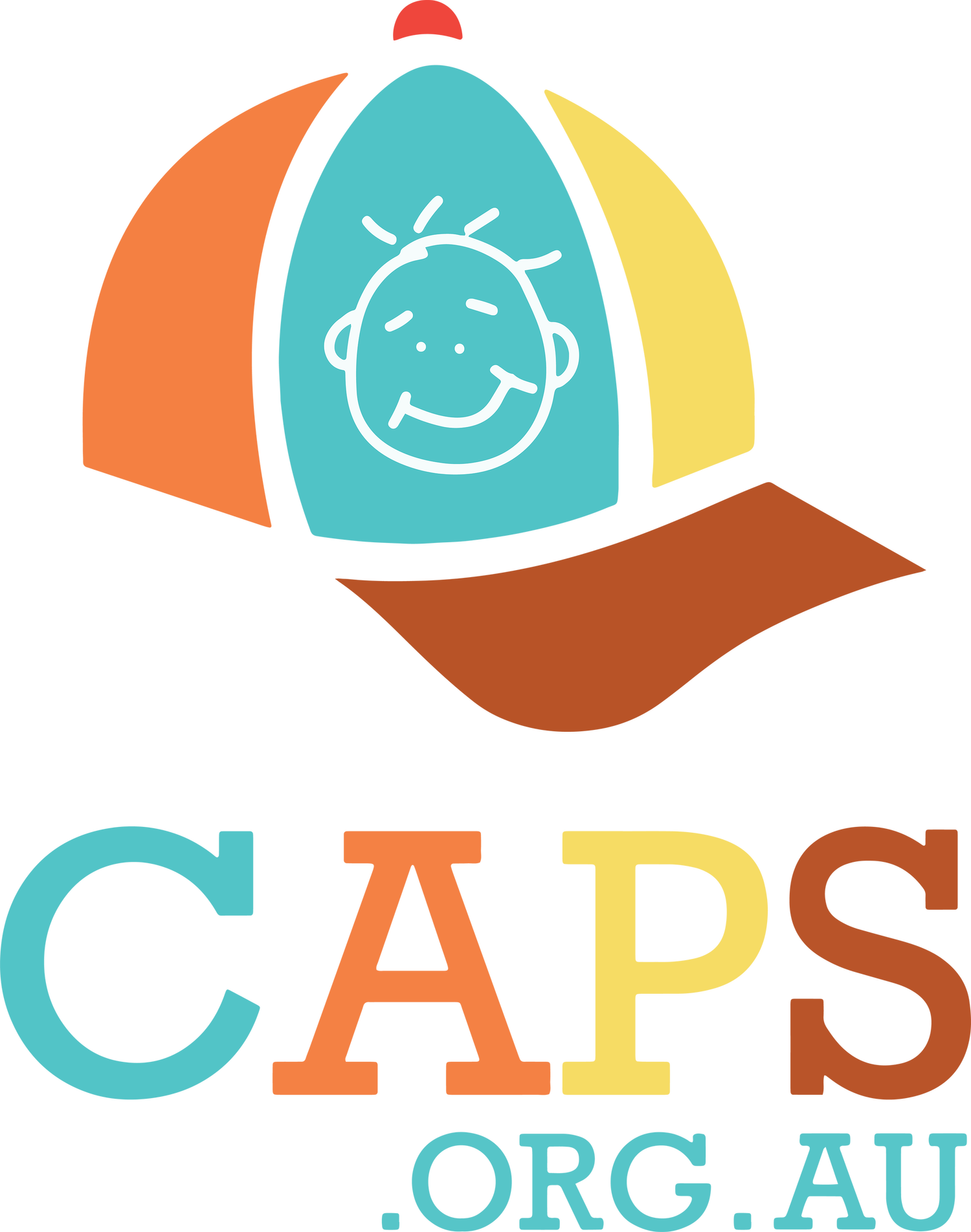How to Help a Child Heal from Trauma
Three ways parents and carers can support a child after a traumatic experience.
When a child experiences Adverse Childhood Experiences (ACEs), their worldview, their sense of security and self-image can be significantly impacted. Every child responds to trauma differently, depending on their age, and what their experiences are. ACEs can include domestic and family violence (DFV), child abuse, natural disasters, bullying, loss of a family member or friend and other experiences that can negatively influence a child. As a parent or carer for a child who has experienced trauma, it can be difficult to know how to help. The impacted child may experience developmental delays, reactive behaviour, unstable relationships, or other challenges. Knowing how to effectively support a child following trauma is an important first step of the recovery process.
In Safe Arrival, our DFV community education program for migrant and refugee mothers, we spend some time discussing three key approaches to helping children cope with trauma. These three umbrella concepts are safety, connection and play.
When a child experiences trauma, especially if the experience has to do with a figure of authority or makes them feel unsafe in their own home, the first step in responding is to help them feel safe again. In the aftermath of the incident, they are likely to feel unsafe in their everyday life, and quick to worry about everything. Helping a child feel safe again can include implementing consistent routines (such as familiar activities and regular meals) and open communication. It can be helpful to involve nonverbal things like familiar and comforting smells or sounds. It is important to be nurturing and understanding, however maintaining boundaries will also help the child feel safe and secure.
Additionally, once a sense of safety is established, the next step is to act in ways that promote connection, and demonstrate positive, healthy relationship building. With young children, this can include consistently responding with comfort when they are upset. For older children, it can mean being aware and supportive of your child’s friends and recreational activities. Helping children stay involved with school and their peers is also very important to help them maintain rewarding social connections.
Finally, and arguably one of the most important things to help children heal from trauma, not to mention being beneficial at relieving stress and anxiety, is play. Play can be different for every person and every family. For some, it means playing outside or going for bike rides. For others, it can be a board game night or drawing together. It can be dancing to music, dressing up, reading books together, or even going for a walk. The key is that it involves socialising, communication and having fun.
While the topic of childhood trauma often focuses on ACEs and their negative impacts, the suggestions mentioned in this article all focus on a different concept: creating Positive Childhood Experiences (PCEs). PCEs are experiences that affect children positively and help them to develop and become resilient. They can include having a supportive family environment, having feelings of belonging in school, or having friends who regularly show that they care about them. So while acknowledging ACEs is an important step towards healing, the most important part is focusing on safety, connection and play to ensure that children get plenty of PCEs to help them heal, grow and thrive.


